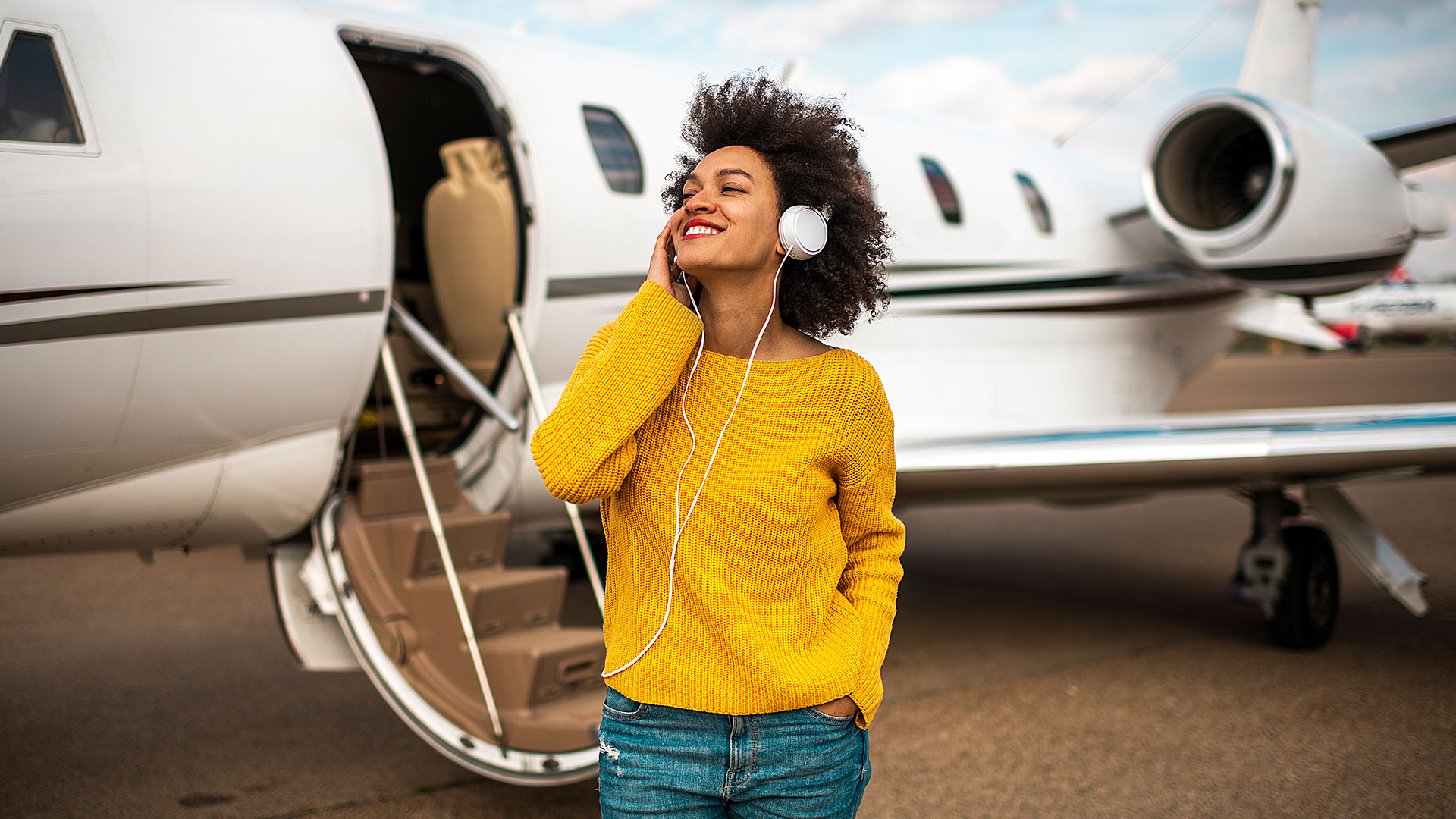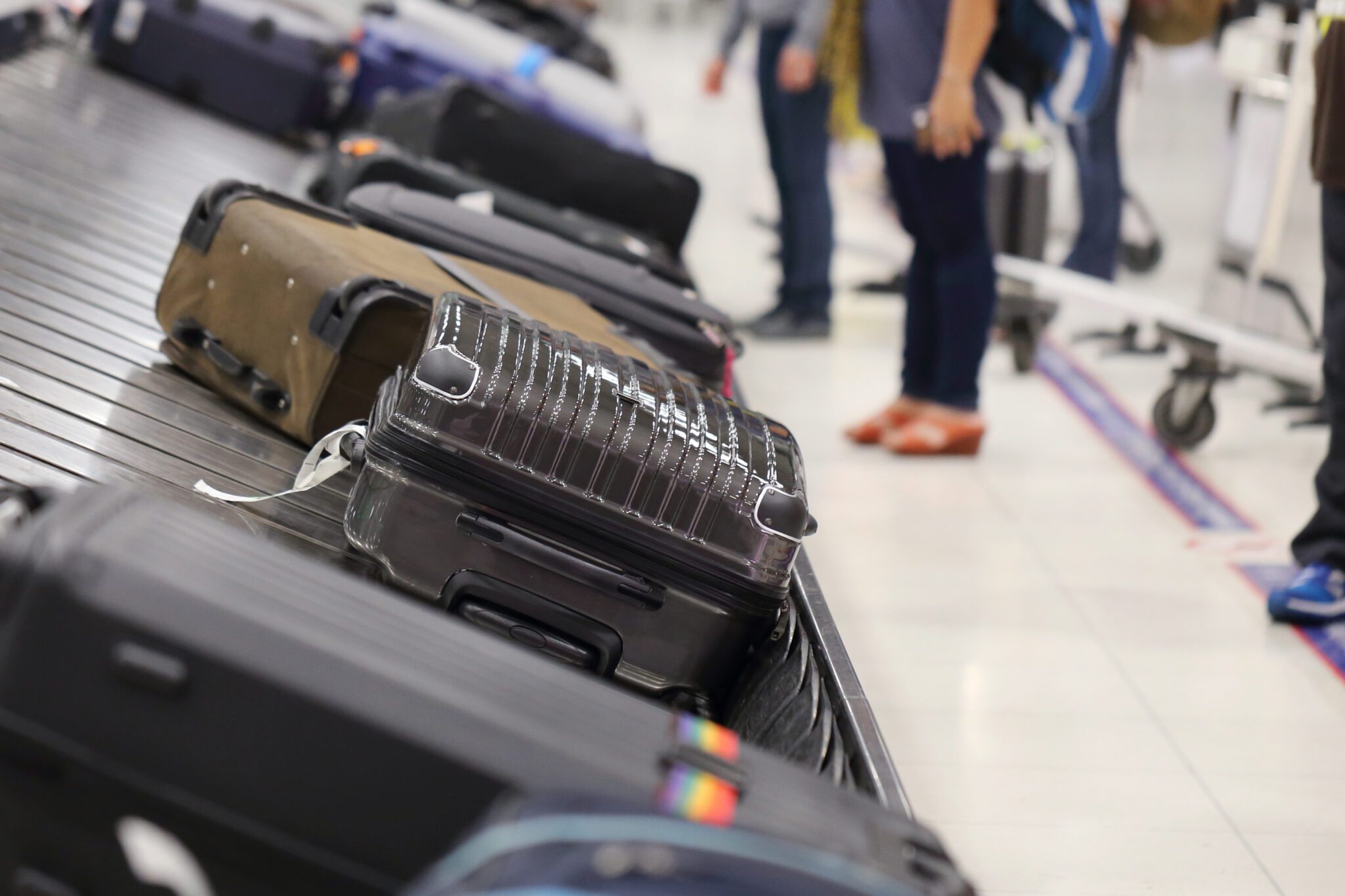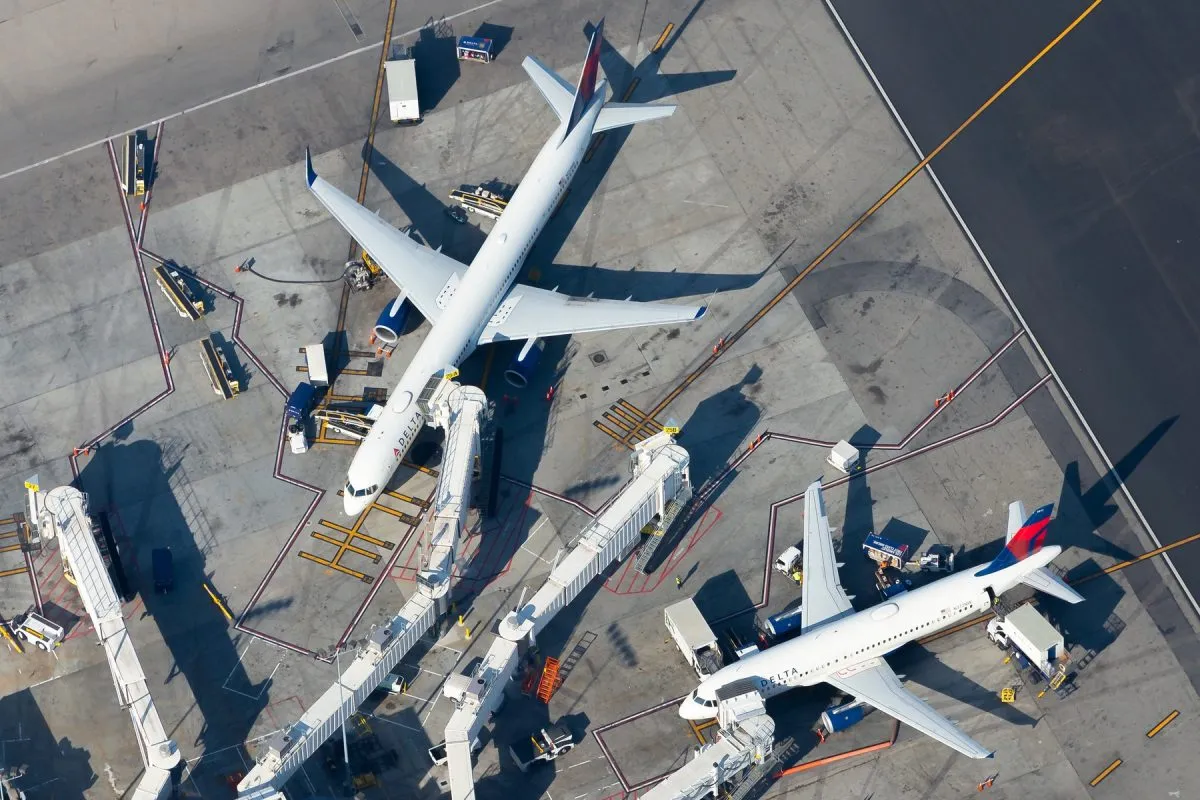Snap Says Friends and Family Are the 'Real' Travel Influencers

Skift Take
This sponsored content was created in collaboration with a Skift partner.
As the travel industry continues to rebound, consumers are inundated with targeted travel advertising that may or may not hit the mark. While personalized ads across websites, social networks, and streaming TV platforms are becoming more and more relevant, people continue to make decisions based on travel recommendations from close friends and family. Family and friends have a bigger influence on travel decisions than traditional advertising, TV and radio, and print media, according to research conducted by World Travel Market London.
The only source of inspiration with a bigger impact than friends and family is social media. But on many social media platforms, the transactional nature of influencer culture leaves travelers questioning the authenticity of a recommendation. Snapchat combines the influences of social media and friends and family by structuring itself as a “best friends network” where people come to catch up with their real-life communities. In turn, travelers use Snapchat to seek out trustworthy recommendations and engage with high-tech experiences that help them with their most passionate purchase decisions around the trips they take.
The Real Influencers: Close-Knit Communities of Family and Friends
As the buying power of Gen Z eclipses that of the millennial generation, these consumers — who grew up with online platforms — are craving community in digital spaces. The Snapchat audience has expanded and matured over the last 11 years: Over 50 percent of Snapchatters are now 25 or older. This audience, largely made up of older Gen Zers and millennials, actively seeks out meaningful interactions with the people they already care about and are connected to in real life — 75 percent of Snapchatters use the platform to interact with their closest circles of family and friends, according to a 2022 study from Neuro-Insight Implicit Association commissioned by Snap, Inc.
While many influencer-led social media platforms leave users feeling pressured to post perfectly polished content, Snap’s focus on connecting with your existing community helps keep things down to earth, relatable, and real. According to a 2021 study by Global Cassandra commissioned by Snap Inc., it’s more important to Snapchatters that they connect deeply, whether by sharing their personal travel experiences or looking for tips from the real influencers: their friends and family.
As much as they remain skeptical of travel influencers online, today’s average consumer is also wise to predominant advertising techniques. It’s no wonder that friends and family emerge as a more trustworthy and reliable source of information in light of those concerns. Ninety-one percent of Snapchatters trust recommendations from friends and family as a source of information about brands and services. Snapchatters are also avid travelers — seven in 10 have traveled in the past six months, and eight in 10 plan to travel in the next six months, according to a 2022 Ipsos study commissioned by Snap Inc.
And while they are 46 percent more likely to state that traveling is one of their passions, travel starts way before you pack a bag: More than half of Snapchatters say they enjoy researching travel. For example, over 300 million people use features like the Snap Map — an interactive hotspot map that displays where in the world Snaps are happening — to view the places their friends are visiting or see what’s happening at destinations that interest them.
“There is a huge amount of travel intent to capitalize on as a marketer on Snapchat,” said Andrew Jarvie, Snap’s U.S. head of marketing science for travel. “Not only that, the Snapchat community is looking to be inspired. They're interested in learning about new places and experiences and seeing or hearing about what their friends are doing.” This translates into major opportunities for travel brands that can transport Snapchatters to new places and experiences.
Snapchatters Love to Travel — and They Plan Their Trips on Snapchat
In the over-crowded experience economy, travel is a highly social interaction. Even if modern travelers take solo trips, chances are they’re planning their itineraries with help from their communities. “Six in 10 Snapchatters decided where to go on their last vacation after a friend told them about it,” Jarvie said. “This influence can have a big impact on where and how our audience travels, with 81 percent of Snapchatters being travel decision-makers.”
When considering a new destination or planning a far-flung adventure, travelers are forced to stretch their imaginations. Many seek out content that will give them a better sense of a place long before they arrive, and Snapchat is designed to inspire that research phase: “The app opens to the camera, immediately sparking creation, inspiration, and conversation,” said Kelly Covato, Snap’s U.S. head of travel.
And Snapchatters who share travel highlights in direct Snaps or their Stories typically connect with close friends and family who trust them and are actively interested in where they’re going and what they’re doing. “Meanwhile, travel content posted by traditional influencers can be difficult to interpret because there is no foundation of trust with that person — not to mention the plethora of paid placements and freebies that can easily skew a professional influencer’s reviews,” Covato said.
Influencing Decision Making Throughout the Travel Buyer Journey
Augmented reality (AR) takes the inspiration and research phase even further. Travel is often a big-ticket budget item, and AR makes it even easier for people to immerse themselves in a place or an experience in order to justify their investment. Over 250 million Snapchatters tap into the platform’s AR features daily, engaging in try-before-you-buy experiences that allow them to picture themselves in particular destinations. “AR allows Snapchatters to experience what it’s like to travel to a specific hotel, attraction, or place virtually from their phone,” Covato said. “Given we’re a camera-first platform, augmented reality provides a big opportunity for travel brands to authentically enter these conversations.”
In that sense, one of the primary benefits of AR for both travelers and travel brands is the way it shrinks the gap between a travel idea and a fully booked itinerary. Sixty-four percent of consumers said they would purchase a travel product or service after experiencing it in AR, according to a recent study by Alter Agents and Publicis. In addition to AR features, professionally produced and viral travel content in sections of the Snapchat app like Discover and Spotlight serve to inspire travelers further.
All of these content types help travelers imagine themselves in a destination, building positive associations and encouraging pre-trip excitement. For example, Southwest Airlines has seen success leveraging AR on Snapchat to highlight the various destinations they fly to. AR allows them to immerse Snapchatters in different destinations and capitalize on these users sharing these experiences with their friends and family.

Beyond the inspiration and research phase, more traditional advertising techniques become particularly powerful. Travel brands can deliver targeted full-screen display and video ads to reach the Snapchat community while they’re actively engaged in discovery mode. “Once Snapchatters are ready to buy, solutions like Dynamic Travel Ads allow travel brands to leverage their product catalogs to deliver the right creative messaging to the right consumer, dynamically in real-time,” said Covato. The effectiveness of Dynamic Travel Ads is already well documented — they drove positive incremental lift across the Booking.com website and app, for example.
To make the most of these opportunities, Jarvie explained that travel brands should be planning their advertising messaging across a three-month booking window. The Snapchat audience is spontaneous and adventurous: 61 percent of Snapchatters booked trips within three months of their travel date, according to a 2023 Kantar study commissioned by Snap Inc. They’re also more likely to book on mobile, which can make ad creative focused on direct bookings even more impactful.
With this three-month window in mind, travel brands can combine the best of AR experiences and Dynamic Travel Ads to nurture Snapchatters from the trusted “best friends” mindset of trip planning and research through to completed bookings and reservations.
For more information about Snap for Travel, click here.
This content was created collaboratively by Snap Inc. and Skift’s branded content studio, SkiftX.





